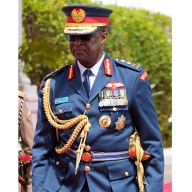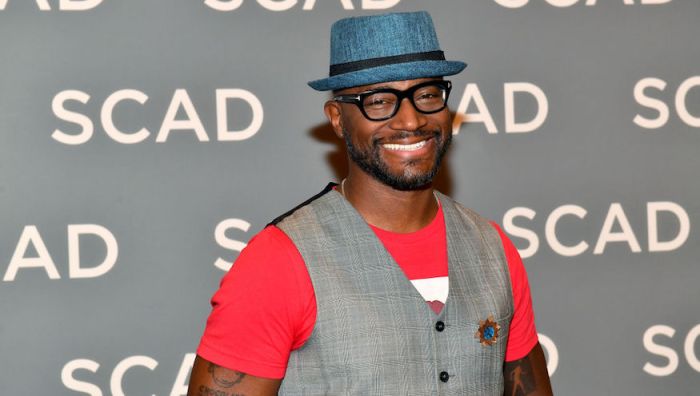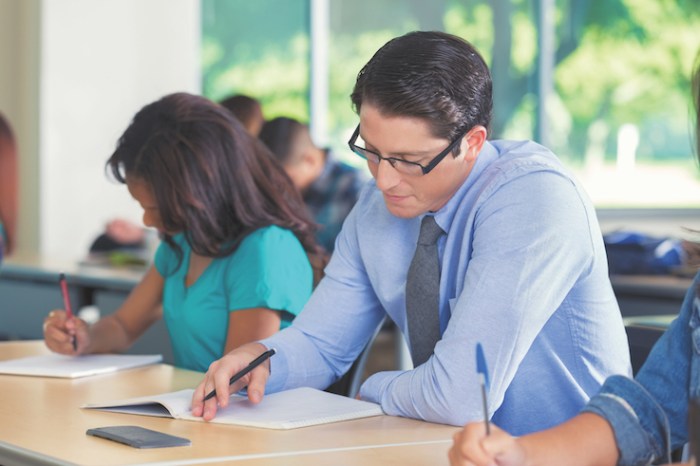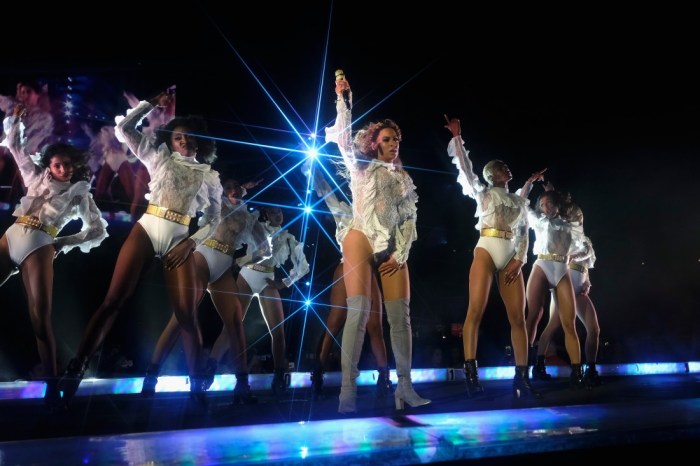We’ve all heard of the benefits of a pre-K education: studies have found that students who attend some kind of preschool often have higher test scores, better social skills and even greater wages later on. But Daniel Koffler, president of Explore + Discover in New York City, believes that kids could start their education even earlier than 3 or 4 years old — like, at 3 months. “There’s so much conversation around what’s happening to a baby’s development during pregnancy and then what’s happening between kindergarten and 12th grade, but not a lot in between,” he says. “But 80 percent of your brain development happens between the ages of 0 and 2. And there’s not a lot of activity being done to foster that development in a thoughtful manner.” RELATED: Bridges of Understanding links U.S. classrooms with those in the Middle East So, does that mean if your child isn’t in school by 3 months, she’s going to miss her chance at Harvard? “That’s not really the goal here,” says Koffler. “It’s more, Are they prepared socially and emotionally to collaborate with a group of young children in a preschool setting, are they able to take instruction, are they able to separate from their parents: those skills are what we’re really focusing on. Babies are young people who are competent and capable, and given the right environment and provocation they can really do incredible things. That’s what we aim to provide them.” A small, specialized staff
Explore + Discover — located in Manhattan’s Gramercy neighborhood — calls itself an “early education” center, rather than a school or daycare. It has around 70 students, ranging from 3 to 34 months old. All the teachers hold master’s degrees in early-childhood education, and there are a lot of them per child (about three staff members for a class of 10 or 11 students, compared with the 1 to 5 teacher-student ratio most programs have). “That’s proper health code for life and safety concerns, but it’s not the most pedagogically appropriate for social-emotional learning,” says Koffler. RELATED: Why you should consider bilingual education Baby knows best
As for its curriculum, E+D blends a Reggio Emilia approach to early education, which creates an environment designed to spark creativity and self-directed learning (so, art class here often involves toddlers rolling around in paint, conjuring Pollack-like masterpieces) with RIE (Resources for Infant Educarers) parenting principles, which believes in respecting the baby’s true inner nature. “If you look around here, you notice there aren’t any contraptions,” says Chief Academic Officer Renee Bock,who also is in charge of the music curriculum. “We believe in free exploration, the uninhibited ability to move around, even on one’s back.” That also means lettings kids try things at their own pace, and not rushing them putting them into a seating position before they’re ready. “Babies have an inner barometer of what’s safe, and they’ll do something or try something new when they’re ready for it.” Caring is just as important as learning
One of the main tenants of RIE is imbuing every activity, from diapering to playing with meaning. “You have to follow a baby’s physical needs —which is why we pay equal attention to diapering and feeding than we do to exploring,” saysBock. “When we’re diapering we take care to make eye contact and talk with the baby so we establish a meaningful connection before they go off and explore.” Communication is key
The most important thing you can do for the development of a child is to talk to him or her — and to use language nourishes and sends a message of love. “Developing an enriching language through books and song is really important,” says Director Jennie Monness.


















